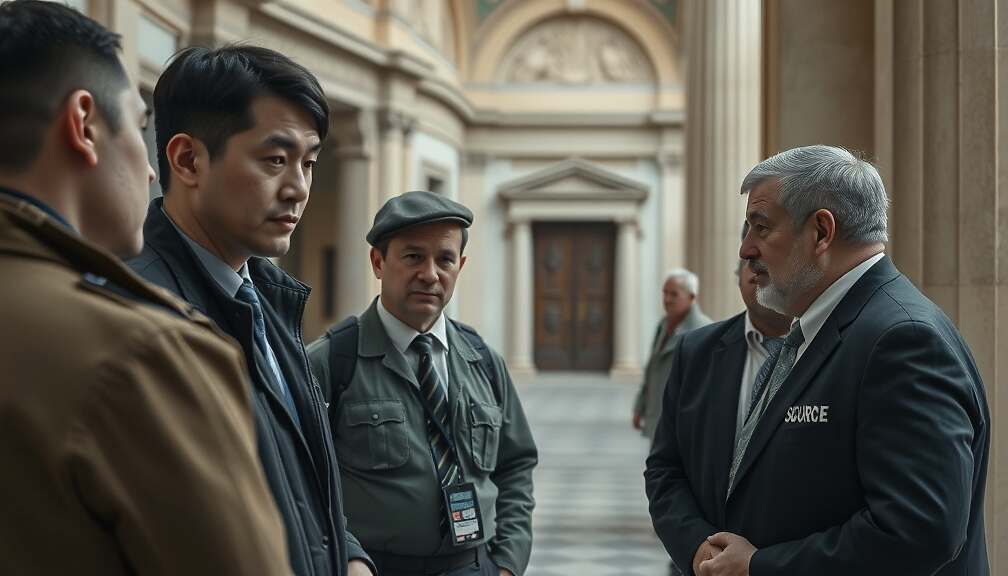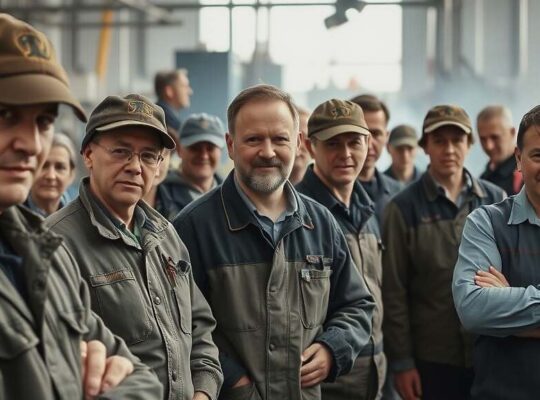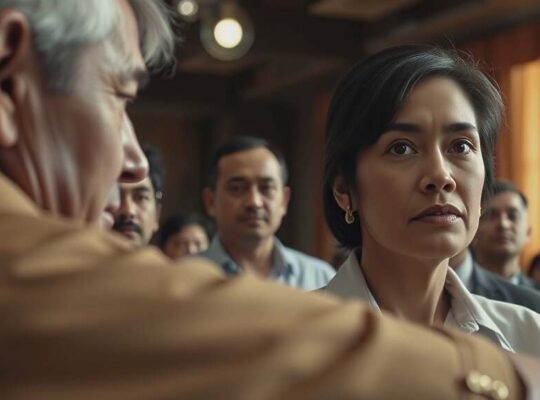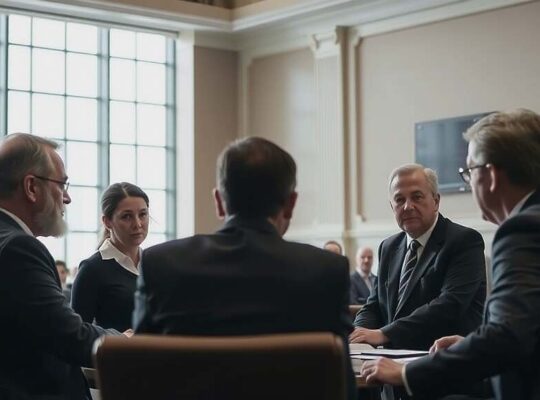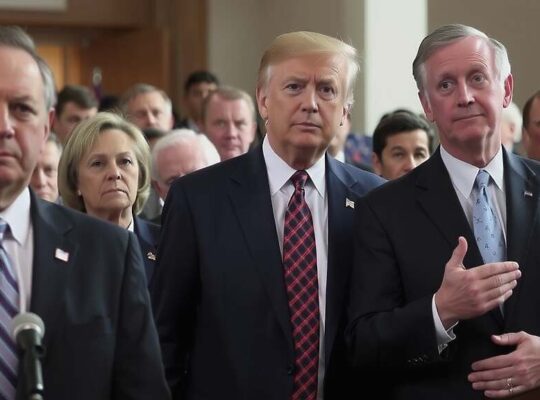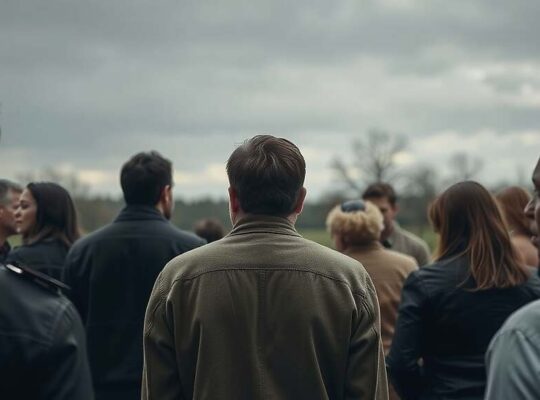The recent, brazen intrusion at the Louvre Museum in Paris has triggered a stark warning from German museum security officials, highlighting a concerning escalation in theft and a heightened threat landscape across the nation. Remigiusz Plath, spokesperson for the building management and security working group of the German Museum Association, voiced growing alarm in an interview with the “Rheinische Post”, detailing a shift towards increasingly violent and calculated attacks on cultural institutions.
Plath emphasized a worrying trend: perpetrators are now prioritizing speed and maximizing profit through the rapid acquisition and resale of stolen artifacts, a tactic unthinkable a decade or two ago. The rise in such incidents isn’t a sudden phenomenon, but a gradual development over the past five to ten years. He specifically pointed to the devastating 2019 raid on the Grünes Gewölbe (Green Vault) in Dresden and the theft of the Golden Coin from the Bode Museum in Berlin as prime examples demonstrating a disregard for the historical and cultural significance of the objects targeted.
What’s particularly troubling, according to Plath, is the shift in motivation. Previously, the focus was on acquiring the art itself. Now, the primary driver appears to be pure financial gain, demonstrating a ruthless approach devoid of any appreciation for heritage. The Louvre incident, he suggests, fits squarely into the growing category of what’s being termed “commodity theft” – the rapid conversion of cultural artifacts into cash.
In the wake of the Parisian breach, German museums are now reviewing and likely reinforcing their security measures. Plath confirmed that conversations are actively underway within the Museum Association’s network, indicating a widespread concern and proactive reassessment of vulnerabilities. The incident has raised serious questions about the effectiveness of existing security protocols and the challenges faced in protecting national treasures in an era increasingly defined by organized crime and a burgeoning black market for stolen cultural artifacts. The situation underscores a critical need for enhanced international cooperation and a renewed focus on combating the illicit trade in cultural heritage.


